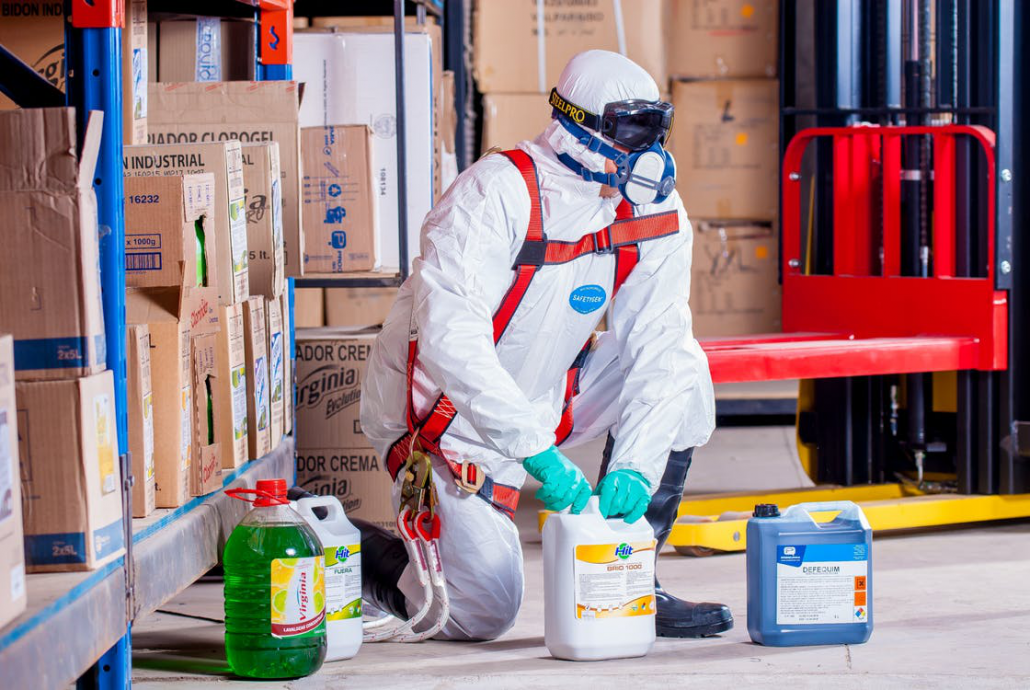Different Types of FRP Coating and Containment Options
Different Types of FRP Coating and Containment Options
Fiber-reinforced plastic (FRP) laminates that are made for corrosion services are assembled using an array of materials and processes. These FRP materials are products of both the raw materials and construction processes used, which determine the properties of the materials.
While the finished FRP laminates may appear different, the processes used to make them show a lot of similarities. For example, almost all laminates built to tackle corrosion comprise of a structural wall and a corrosion barrier.
A corrosion barrier is responsible for combating surface corrosion while also resisting the process environment so that it doesn’t permeate into the structural wall. While the structural wall’s main purpose is to provide mechanical support. When it comes to the differences between the FRP laminates, the construction methods and materials used are what set them apart:

Filament Winding
Even though it’s possible to wound very complex structural shapes, filament winding in the corrosion industry is generally limited to cylindrical shells. The process is used to produce tank shells and straight pipes ranging from small to large diameters. Parts made from this process are comparatively inexpensive and boast a high strength-to-weight ratio.
The stiffness and strength are gained from chopped glass, glass roving and winding tapes. An effective corrosion barrier is crucial to safeguard the filament-wound laminate in case the corrosion liner is breached from the process fluids.
Contact Molding
This is a process in which layers of glass that are saturated with resin are applied sequentially in order to achieve a mold or form. The laminate that’s produced by this method is commonly known as “hand lay-up.” This process is used to produce supportive parts for tank shells, which include nozzles and elbows. It can also be used for tanks and pipes that are complete.
Parts made from hand lay-up are very strong and resistant against the effects of process fluids, while filament-wound FRP is stronger at a given thickness. However, contact molding is considered one of the best ways to produce the most effective corrosion-resistant equipment used for difficult corrosion cases.

Centrifugal and Matched Die Compression Molding
Centrifugal molding is used for round parts, such as lengths of pipe and tank shells. Resin and reinforcement are placed against the inside surface of a mold that is rotating about its long axis. The centrifugal force causes the dispersion of the resin and reinforcement evenly throughout mold.
Compression molding is used for small parts, such as flanges, elbows and fittings. Dry reinforcement is placed in a cavity; the resin is then added and the cavity is closed. This causes the resin to distribute itself throughout the reinforcement, which completes the process.
Hudson Fiberglass has been in the fiberglass business since 1976 and we take pride in providing the highest quality of workmanship and materials for all our projects. From fiberglass tank inspection and repair to custom fiberglass work, we have the answer for all your fiberglass needs.
If you’re looking for fiberglass containment or coating options, we have all your bases covered! Contact us now at (386) 758-0057.



